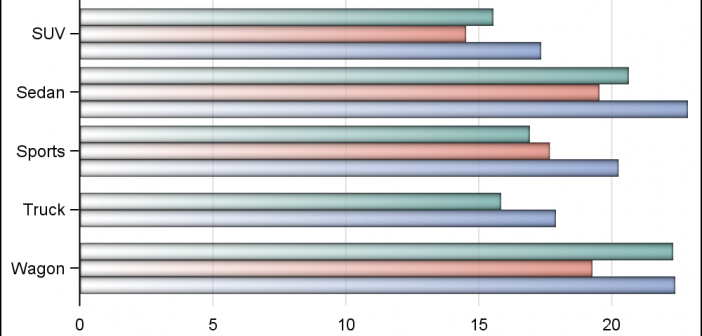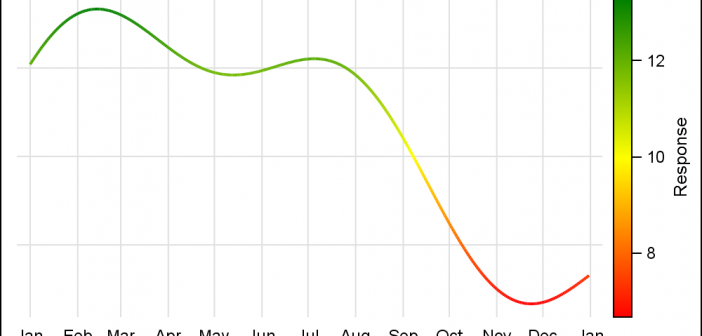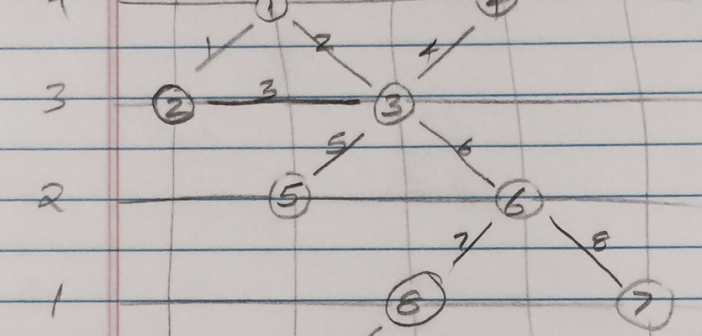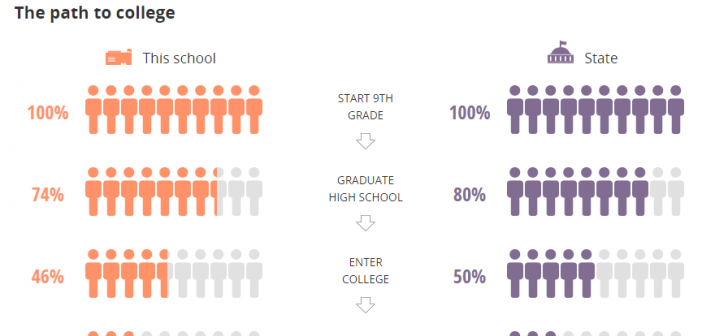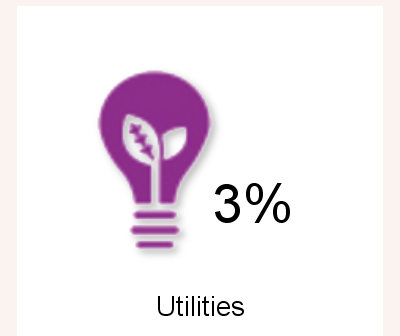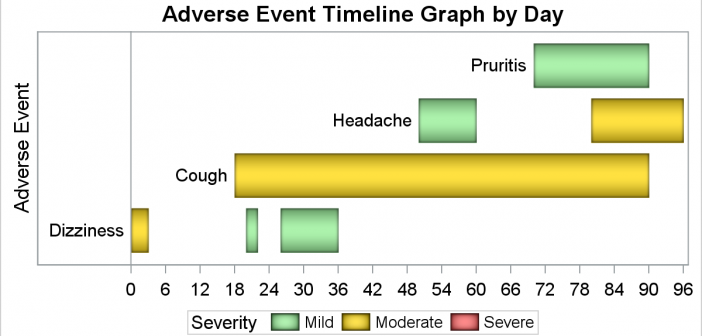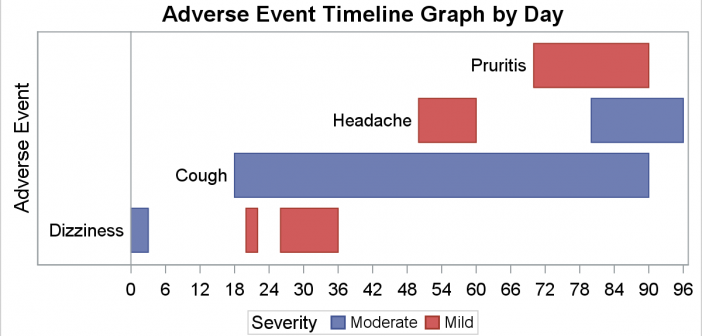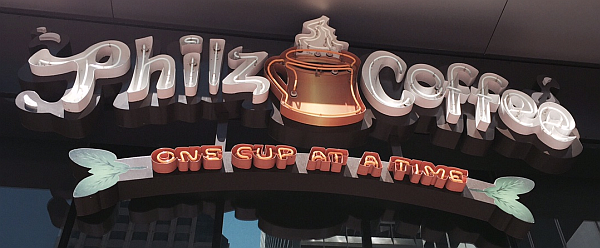
For a long time, Starbucks represented to me as the good coffee cup, with me paying upwards of $4 for a Latte. But on a recent visit to San Francisco, my son introduced me to a few other options. Philz crafts a great cup of java, with the barista making


